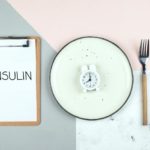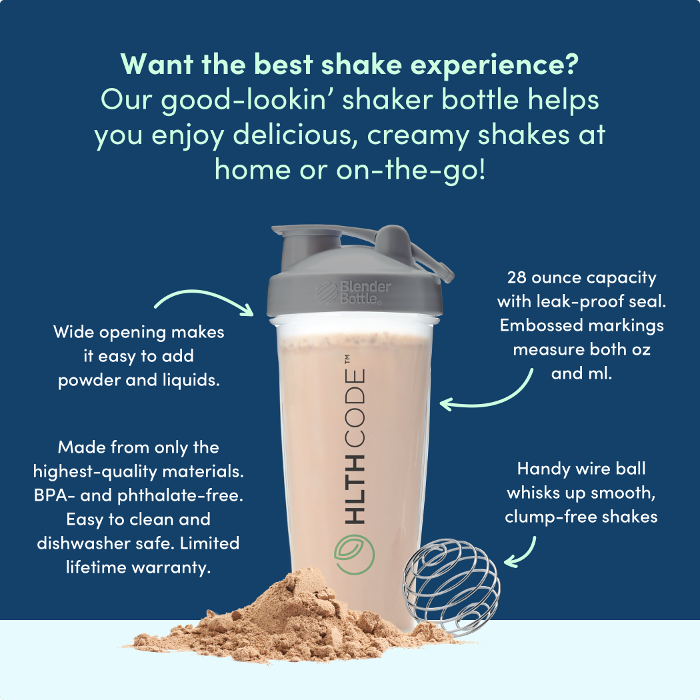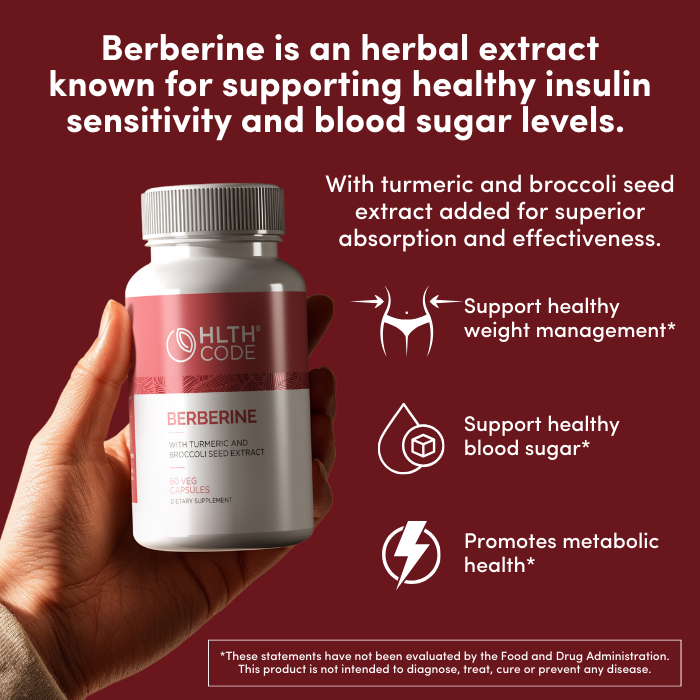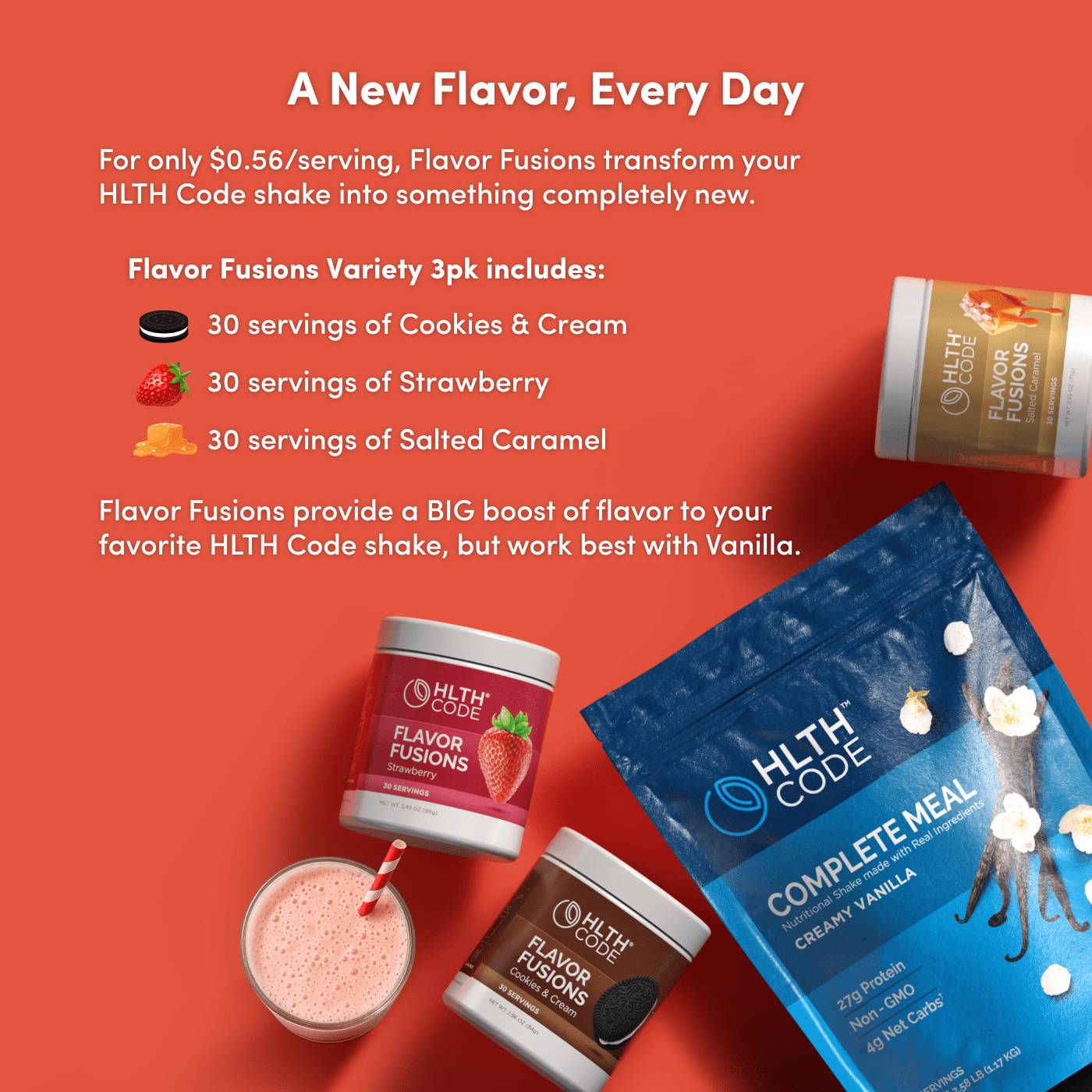In Defense of Fat (part 1)
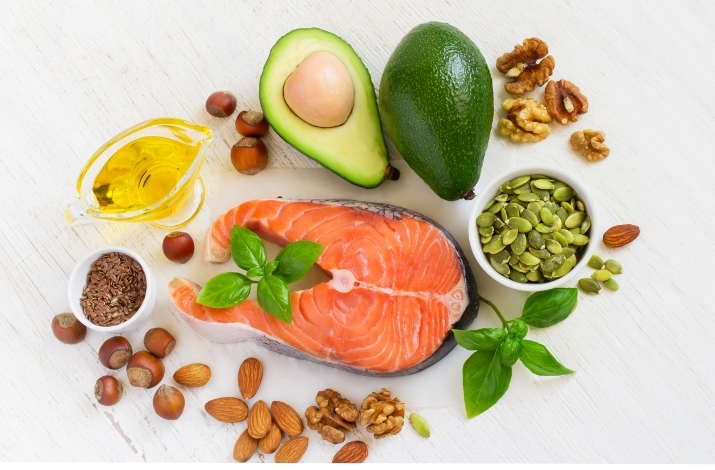
In Defense of Fat (part 1)
Dietary fat is the most polarizing aspect of nutrition—while some claim it’s the root of all disease, others defend it as healthy and even essential. But what does an unbiased review of the science suggest? Let’s take a look.
At its origins, our societal fear of fat derives from our fear of heart disease. Based on inherently flawed survey studies from decades ago, scientists concluded that people that tended to eat saturated fat, but not other types of fat, had a higher incidence of heart disease [1]. With more work, they concluded that the connection depended on LDL cholesterol; in other words, eating saturated fat would increase LDL cholesterol, which would then cause heart disease. With time and perspective, however, this view has fallen out of favor, even among conventional thinking. In fact, a very recent manuscript published by the Journal of the American College of Cardiology stated: “The recommendation to limit dietary saturated fatty acid (SFA) intake has persisted despite mounting evidence to the contrary” [2].
There are a few very important problems with these conclusions, but let’s start with something accurate: saturated fat may increase LDL cholesterol in some people, but just as often (if not more), LDL cholesterol doesn’t change. Case in point: When 20 subjects were given a low-carbohydrate, high-fat diet, eating more than double (almost triple!) the amount of saturated fat as a control group, after six weeks the LDL levels were the same between the groups [3]. This was the case in several other studies [4-6].
Why some studies might show a difference could be the degree of weight lost during the study. It’s a little known fact that weight loss alone acutely increases cholesterol levels, including LDL cholesterol [7]. If cholesterol is a problem for the heart, then you’d expect weight loss to make things worse!
Now, let’s explore the problems with the hypothesis that LDL cholesterol causes heart disease.
First, LDL cholesterol is a terrible predictor of heart disease. The starkest instance of this comes from a study that tracked hospital admissions with heart attacks. Of the 130,000 patients included in the study, just as many patients had low levels of LDL cholesterol as had high LDL cholesterol [8]! Part of the conflict with using LDL as a marker of heart disease may stem from differences in LDL that are often overlooked. Namely, LDL cholesterol can come in various sizes. Specifically, having a small, dense LDL size (commonly referred to as “pattern B”) is a better predictor of heart disease than just total LDL levels [9]. Unfortunately for the theory that saturated fat is the problem, a low-carbohydrate diet, even one with much more saturated fat, actually makes the LDL particles less dense [3].
Second, cholesterol, including LDL cholesterol, actually predicts longevity. Yes, that’s right—having high cholesterol levels appears to be a good thing for living a long, healthy life [10, 11]. In a refreshing and amusing moment of honesty, the authors of one these manuscripts admitted “We have been unable to explain our results.” We actually find some of the answer in one of LDL cholesterol’s overlooked roles below.
Third, LDL cholesterol is necessary for healthy immune function. In fact, LDL cholesterol plays an essential part in immune function [12] by nature of their preventing bacterial, viral, and parasitic infections. To a degree, LDL cholesterol is able to physically bind infectious agents and pass them to the liver and, subsequently, into the intestines to be eliminated from the body. It’s like LDL cholesterol is a bouncer at a raucous party, finding and escorting out the troublemakers. In fact, LDL cholesterol is such an effective protector in the blood, that people with low LDL levels are 15 times more likely to develop a blood-based cancer (e.g., leukemia) and more than five times more likely to suffer serious fevers and infections [13]!
Lastly, if the third point above didn’t make this clear, cholesterol is a molecule of life. We literally must have it in our bodies; every cell needs cholesterol and LDL is a way of moving that cholesterol around the body. All cell membranes need cholesterol. Every sex hormone (testosterone and estrogen) is built from cholesterol. Even vitamin D is built from cholesterol.
Take-away Thoughts
We’ve been given bad advice. For decades, we’ve been told to avoid saturated fat because of what it might do to our cholesterol levels. Not only was this advice based on weak evidence, but it resulted in our changing the type of fat we eat. Rather than eating natural fats from animal and fruit (e.g., coconuts and olives) sources, we began eating industrial seed oils (e.g., soybean oil, corn oil, etc.) [14], which are likely a greater contributor to heart disease than saturated fats [15]. In the end, I strongly encourage people to focus on natural fats—those fats that humans have been eating since time immemorial—animal fats and fruit fats.
References
1 Keys, A., Menotti, A., Aravanis, C., Blackburn, H., Djordevic, B. S., Buzina, R., Dontas, A. S., Fidanza, F., Karvonen, M. J., Kimura, N. and et al. (1984) The seven countries study: 2,289 deaths in 15 years. Preventive medicine. 13, 141-154
2 Astrup, A., Magkos, F., Bier, D. M., Brenna, J. T., de Oliveira Otto, M. C., Hill, J. O., King, J. C., Mente, A., Ordovas, J. M., Volek, J. S., Yusuf, S. and Krauss, R. M. (2020) Saturated Fats and Health: A Reassessment and Proposal for Food-Based Recommendations: JACC State-of-the-Art Review. Journal of the American College of Cardiology. 76, 844-857
3 Sharman, M. J., Kraemer, W. J., Love, D. M., Avery, N. G., Gomez, A. L., Scheett, T. P. and Volek, J. S. (2002) A ketogenic diet favorably affects serum biomarkers for cardiovascular disease in normal-weight men. The Journal of nutrition. 132, 1879-1885
4 Al-Sarraj, T., Saadi, H., Volek, J. S. and Fernandez, M. L. (2010) Carbohydrate restriction favorably alters lipoprotein metabolism in Emirati subjects classified with the metabolic syndrome. Nutrition, metabolism, and cardiovascular diseases : NMCD. 20, 720-726
5 Wood, R. J., Volek, J. S., Liu, Y., Shachter, N. S., Contois, J. H. and Fernandez, M. L. (2006) Carbohydrate restriction alters lipoprotein metabolism by modifying VLDL, LDL, and HDL subfraction distribution and size in overweight men. The Journal of nutrition. 136, 384-389
6 Wood, R. J. (2006) Effect of dietary carbohydrate restriction with and without weight loss on atherogenic dyslipidemia. Nutrition reviews. 64, 539-545
7 Phinney, S. D., Tang, A. B., Waggoner, C. R., Tezanos-Pinto, R. G. and Davis, P. A. (1991) The transient hypercholesterolemia of major weight loss. The American journal of clinical nutrition. 53, 1404-1410
8 Sachdeva, A., Cannon, C. P., Deedwania, P. C., Labresh, K. A., Smith, S. C., Jr., Dai, D., Hernandez, A. and Fonarow, G. C. (2009) Lipid levels in patients hospitalized with coronary artery disease: an analysis of 136,905 hospitalizations in Get With The Guidelines. American heart journal. 157, 111-117 e112
9 Austin, M. A., Breslow, J. L., Hennekens, C. H., Buring, J. E., Willett, W. C. and Krauss, R. M. (1988) Low-density lipoprotein subclass patterns and risk of myocardial infarction. JAMA : the journal of the American Medical Association. 260, 1917-1921
10 Weverling-Rijnsburger, A. W., Blauw, G. J., Lagaay, A. M., Knook, D. L., Meinders, A. E. and Westendorp, R. G. (1997) Total cholesterol and risk of mortality in the oldest old. Lancet. 350, 1119-1123
11 Schatz, I. J., Masaki, K., Yano, K., Chen, R., Rodriguez, B. L. and Curb, J. D. (2001) Cholesterol and all-cause mortality in elderly people from the Honolulu Heart Program: a cohort study. Lancet. 358, 351-355
12 Han, R. (2010) Plasma lipoproteins are important components of the immune system. Microbiol Immunol. 54, 246-253
13 Shor, R., Wainstein, J., Oz, D., Boaz, M., Matas, Z., Fux, A. and Halabe, A. (2007) Low serum LDL cholesterol levels and the risk of fever, sepsis, and malignancy. Ann Clin Lab Sci. 37, 343-348
14 Blasbalg, T. L., Hibbeln, J. R., Ramsden, C. E., Majchrzak, S. F. and Rawlings, R. R. (2011) Changes in consumption of omega-3 and omega-6 fatty acids in the United States during the 20th century. The American journal of clinical nutrition. 93, 950-962
15 Ramsden, C. E., Zamora, D., Leelarthaepin, B., Majchrzak-Hong, S. F., Faurot, K. R., Suchindran, C. M., Ringel, A., Davis, J. M. and Hibbeln, J. R. (2013) Use of dietary linoleic acid for secondary prevention of coronary heart disease and death: evaluation of recovered data from the Sydney Diet Heart Study and updated meta-analysis. BMJ. 346, e8707
This article is for informational and educational purposes only. It is not, nor is it intended to be substitute for professional medical advice, diagnosis, or treatment and should never be relied upon for specific medical advice.



